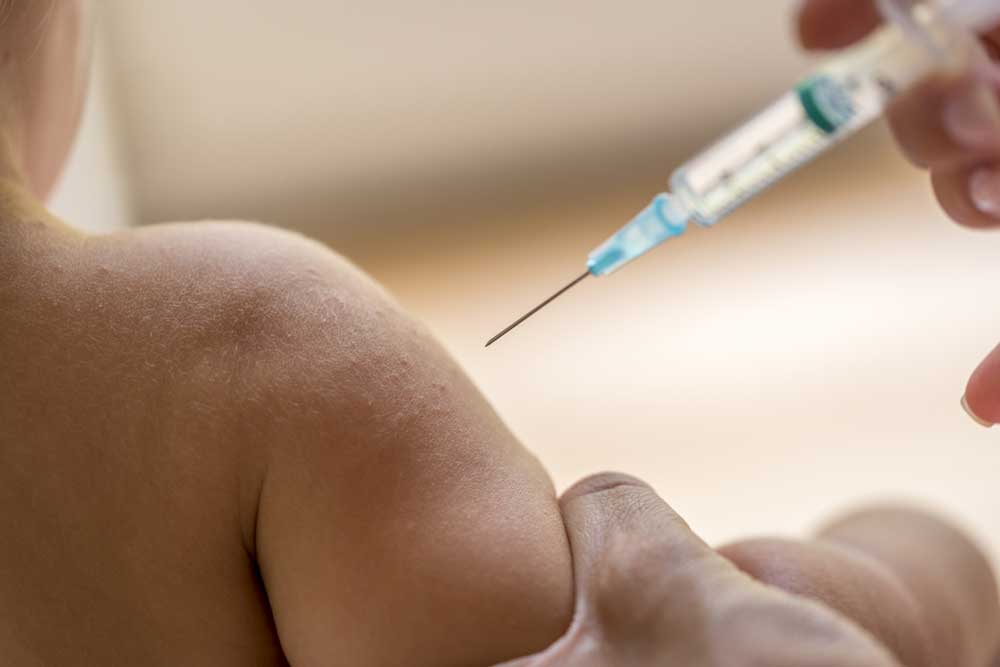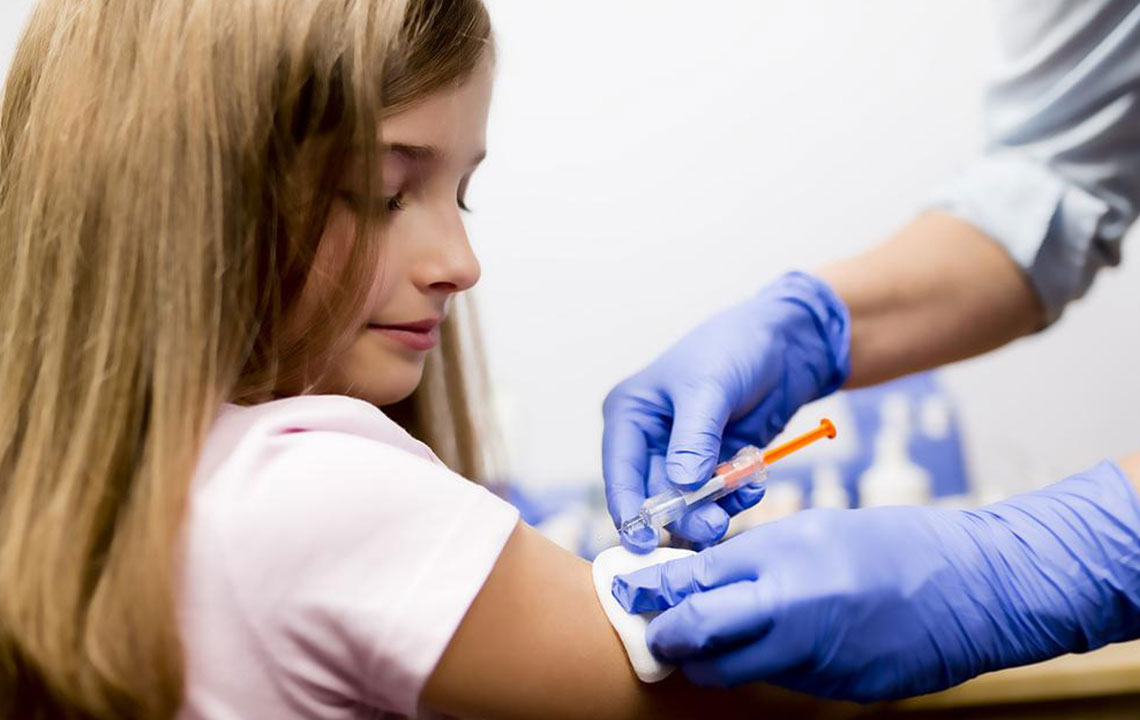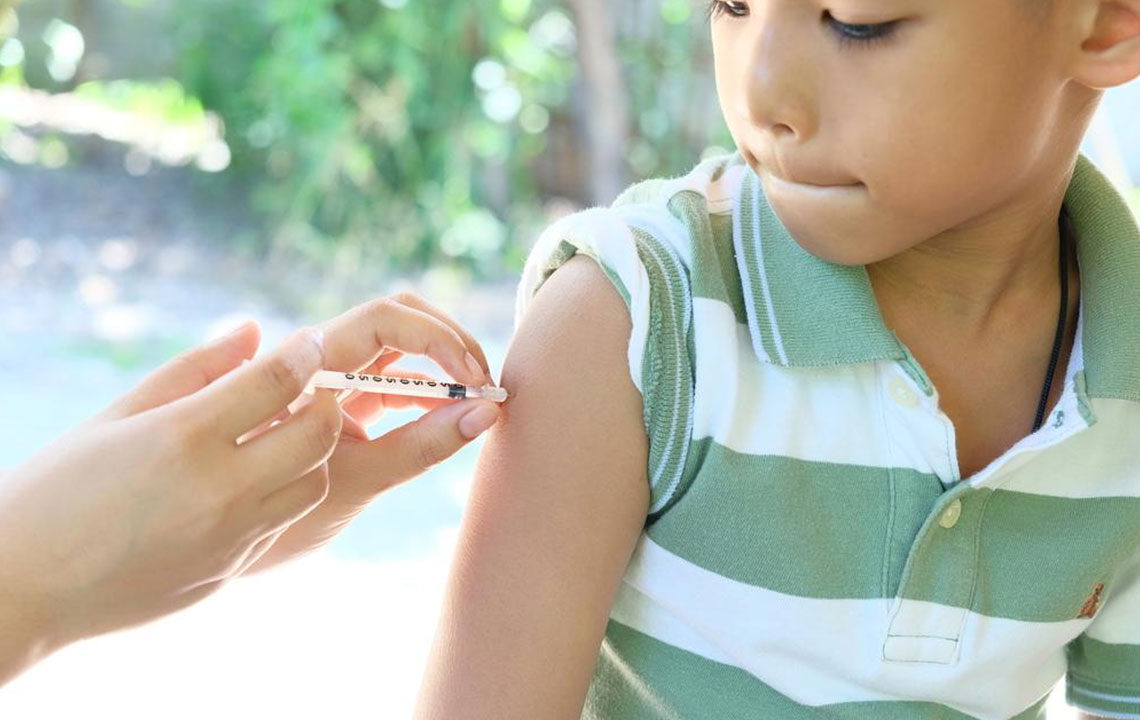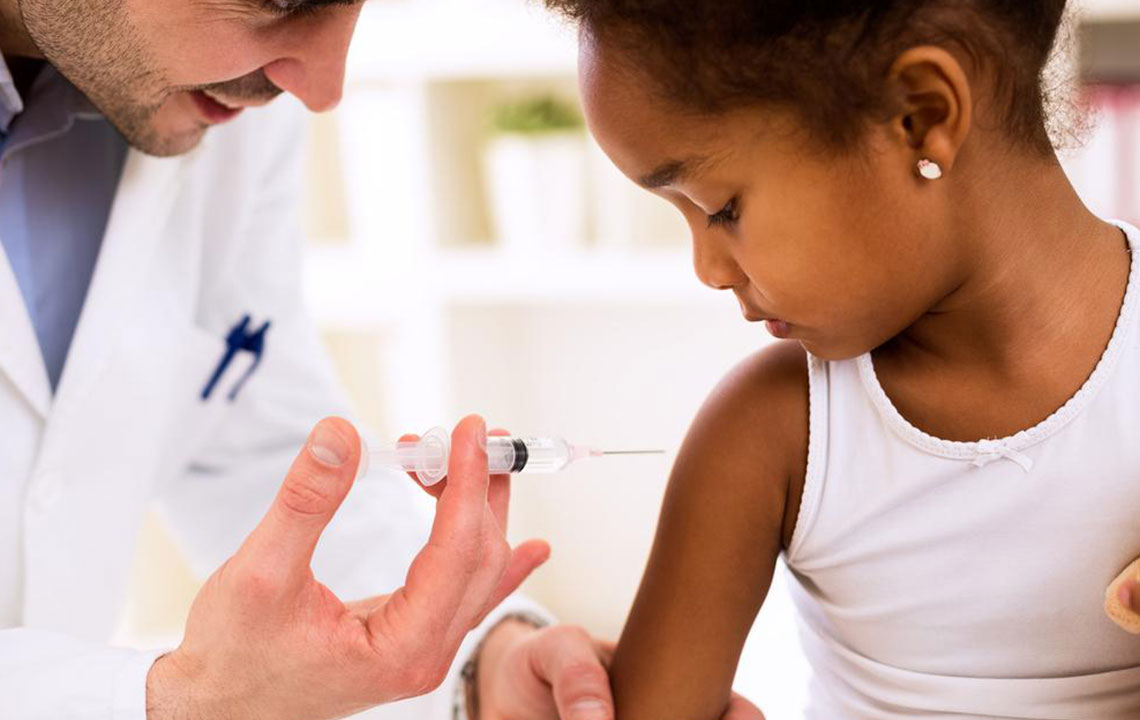Comprehensive Guide to Children's Immunization Schedule for Optimal Health
This comprehensive guide details the pediatric immunization schedule approved by health authorities, emphasizing the importance of timely vaccinations from birth through adolescence. It covers recent updates, key vaccines, and the recommended timing for each age group, helping parents and healthcare providers ensure children develop strong, lifelong immunity against serious diseases. Accessible resources and guidelines aim to support informed decision-making and effective vaccination practices for optimal child health.

Understanding the Critical Role of Pediatric Vaccinations in Child Health
The essential importance of adhering to the pediatric vaccination plan
Ensuring children receive the right vaccines at the right ages is fundamental to safeguarding their health throughout their lives. The Centers for Disease Control and Prevention (CDC) provides a detailed immunization schedule designed to protect children from a range of serious and potentially life-threatening diseases. This schedule spans from birth through adolescence, up to 18 years of age, aligning with the natural development stages of children's immune systems. Vaccinations serve to stimulate the child's immune response, prompting the body to generate protective antibodies that defend against infections both immediately and over the long term. Adherence to a carefully timed vaccination schedule maximizes the effectiveness of each vaccine, ensuring children develop robust, lifelong immunity.
In-depth insights into the pediatric immunization timetable include:
Who endorses and reviews the vaccination schedule?
The schedule is reviewed and approved annually by the Advisory Committee on Immunization Practices (ACIP), which collaborates with other leading health authorities to update and recommend evidence-based immunization guidelines.
Additional endorsements are provided by respected professional organizations such as the American College of Obstetricians and Gynecologists (ACOG), the American Academy of Family Physicians (AAFP), and the American Academy of Pediatrics (AAP), ensuring that the schedule reflects the latest scientific research and medical consensus.
Where can parents and healthcare providers find comprehensive vaccine information?
The CDC's official website is a primary resource offering detailed, up-to-date vaccination recommendations, printable charts, and downloadable schedules designed to assist both parents and healthcare professionals in planning children’s immunizations.
This resource provides invaluable guidance, allowing for accurate tracking of vaccination statuses from birth through adolescence, including follow-up doses and booster shots.
Parents and caregivers can also access an intuitive library filled with educational materials explaining the purpose, benefits, and safety of each vaccine, thus enabling informed decision-making about their child's health.
Recent updates to the pediatric vaccination schedule
Key changes include updates to the hepatitis B vaccine recommendations, which were revised starting March 6, 2017, to improve efficacy and coverage.
The polio vaccine schedule was also revised on February 17, 2017, aligning with global eradication efforts.
Earlier updates incorporated recent data on DTaP, Haemophilus influenzae type B (HiB), human papillomavirus (HPV), influenza, meningococcal, and pneumococcal vaccines—ensuring the vaccination protocol remains aligned with current scientific evidence.
Vaccines recommended for children aged 0-6 years
Hepatitis B (HepB): Administered within the first 24 hours after birth to prevent vertical transmission, with a total of three doses recommended by 18 months.
Diphtheria, Tetanus, and Pertussis (DTaP): Given at 2, 4, and 6 months, with booster doses in subsequent years as advised to maintain immunity.
Haemophilus influenzae type B (HiB): Doses at 2, 4, and 6 months are recommended to protect against bacterial infections that can cause serious illnesses like meningitis.
Pneumococcal vaccine (PCV): Administered following the same schedule as HiB, these shots protect against pneumococcal diseases, including pneumonia and bloodstream infections.
Rotavirus (RV): Three doses at 2, 4, and 6 months, which guard against severe gastrointestinal illnesses.
Polio (IPV): Given at 2 and 4 months, with two additional doses before 6 years to ensure long-lasting protection.
Influenza: Annual vaccination starting at 6 months of age, crucial for combating seasonal flu outbreaks.
Measles, Mumps, and Rubella (MMR) and Varicella: First doses are administered between 12-15 months, with second doses between ages 4-6, providing essential immunity against these contagious diseases.
Hepatitis A: Two doses recommended between ages 1-2 years to prevent hepatitis A infection.
Additional vaccines for children over 7 years old
Tdap (Tetanus, Diphtheria, Pertussis): Booster doses are advised at school-age to sustain immunity against pertussis and tetanus.
Hepatitis B and A: For children who missed earlier doses, catch-up vaccinations are available during this age period.
HPV (Human Papillomavirus): Recommended for pre-teens and teenagers to prevent HPV-related cancers.
Meningococcal: Protects against meningococcal disease, including meningitis, which can be fatal if untreated.
Additional Polio boosters: To enhance long-term immunity in older children and adolescents.
Further doses of MMR and Varicella: For children with incomplete vaccination history or booster needs, ensuring comprehensive coverage.




